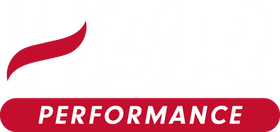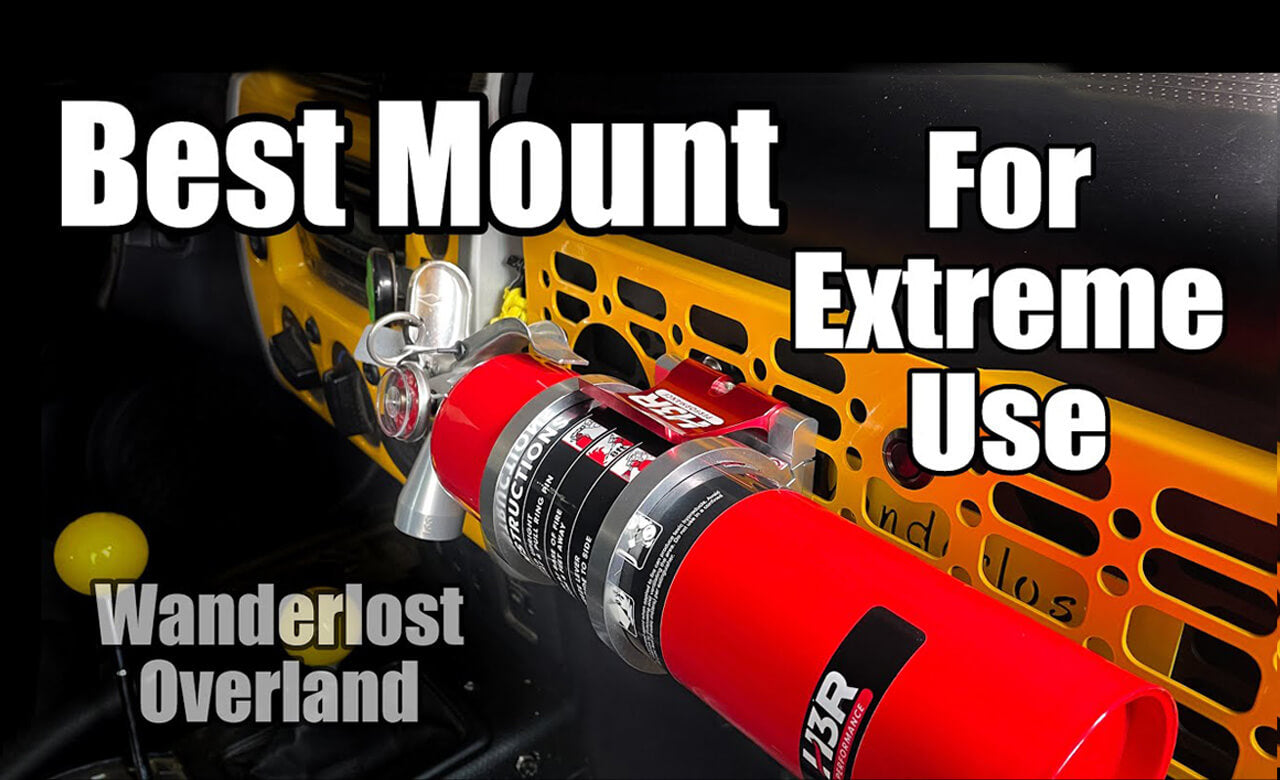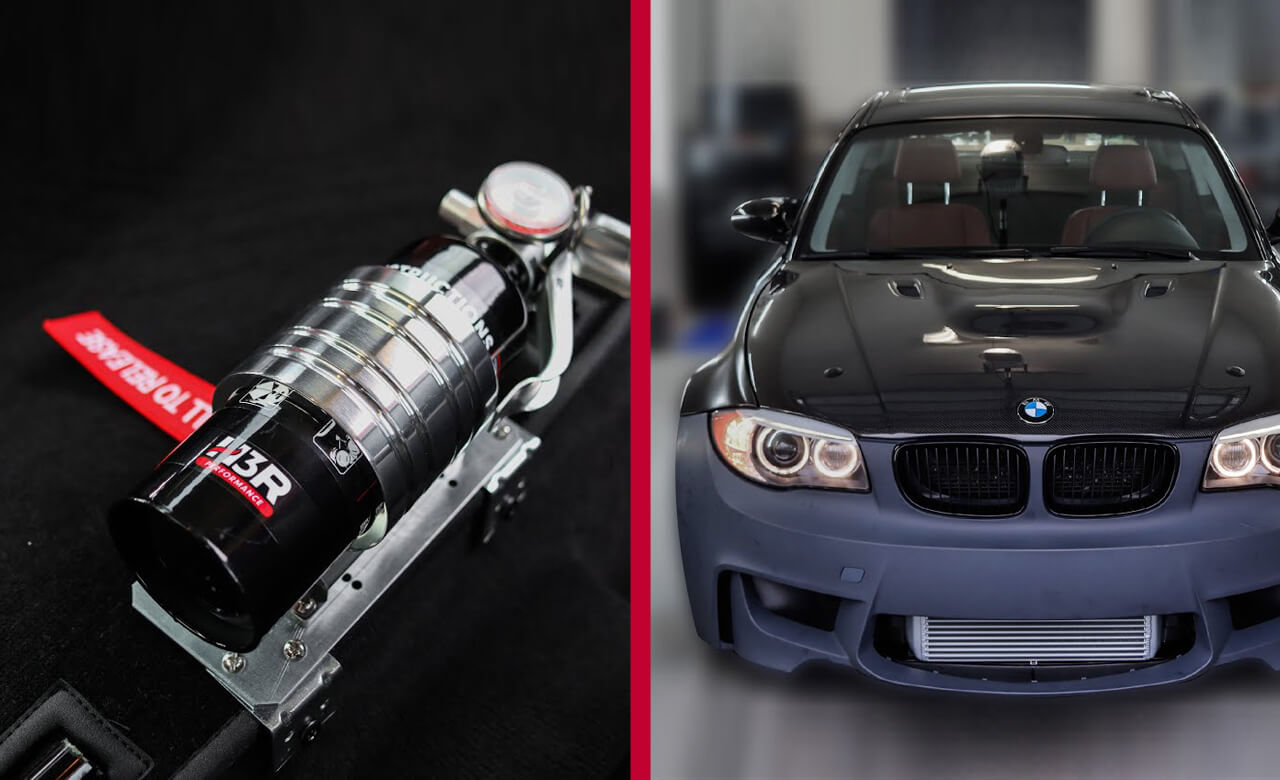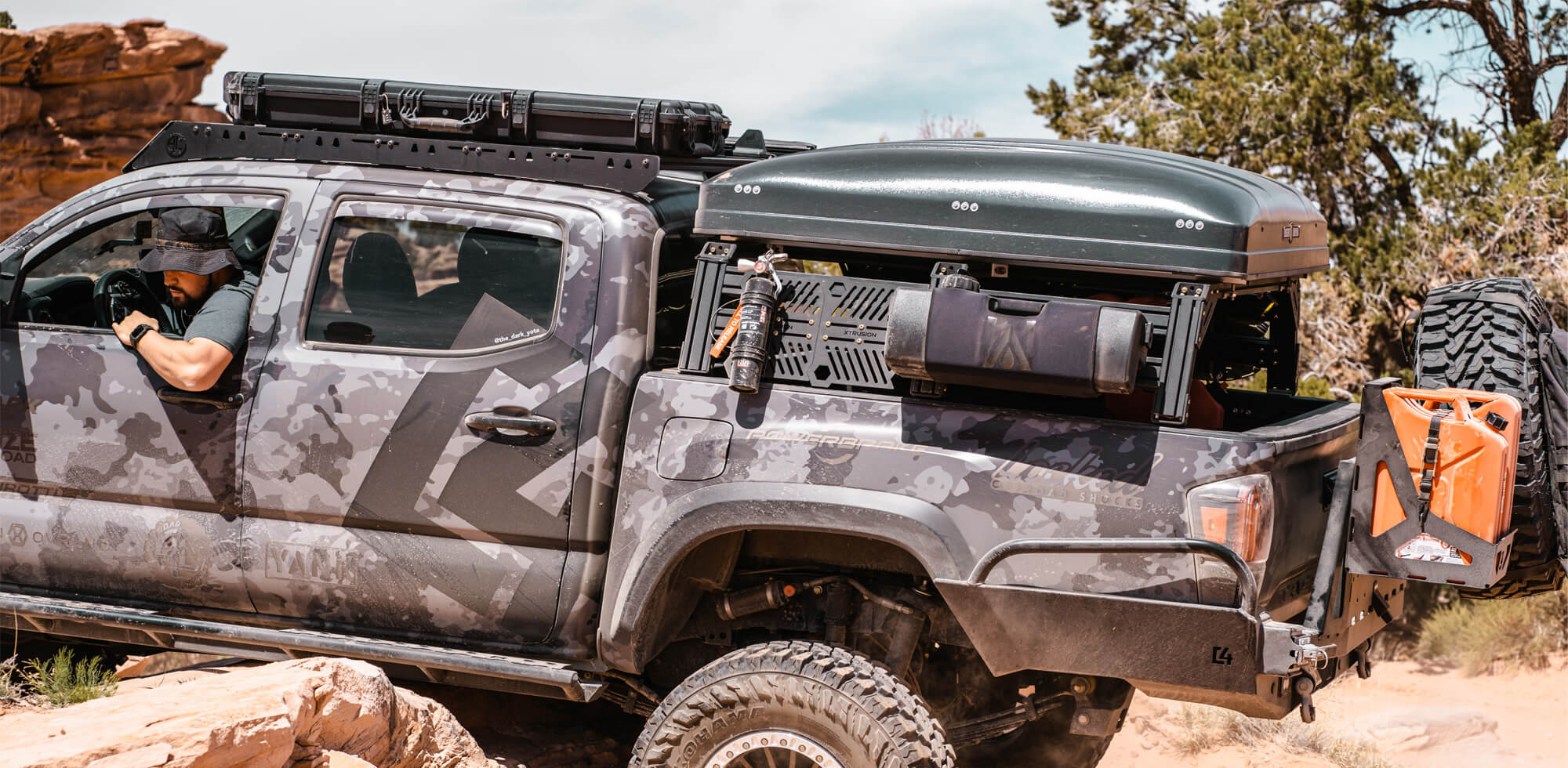Hold onto your seats, folks! It's time for another riveting episode of FireTalk! Today, we've got hot rod legend himself, Dave Tucci, in the hot seat. Dave's spent a lifetime building jaw-dropping custom cars and trucks, and he's also no stranger to the dangers of vehicle fires. So, when disaster struck and his beloved Mustang was on the line, Dave knew he had to act fast.
Not all fire extinguishers are created equal, and Dave had learned that the hard way. Those dry chemical extinguishers may be common, but they can leave behind a nightmare of cleanup and damage. That's why Dave made the switch to HalGuard, the clean agent extinguisher that's a game-changer for any car enthusiast.
Thanks to HalGuard, Dave was able to save his Mustang without any additional damage from the extinguisher, and with minimal downtime for repairs. Plus, there was no need to worry about pesky corrosion or cleaning up afterward.
So, what did Dave learn from his experience? Well, for starters, cleaning up after a dry chemical extinguisher is a nightmare. But with HalGuard, repairs are a breeze, with no cleanup or damage to worry about. And when it comes to using a fire extinguisher, vision impairment can be a real concern with some types. Luckily, HalGuard won't leave you in the dark.
Teresa:
Thank you for joining us for another fire talk, I have a very special guest today, I think you guys are really gonna like. His name is Dave Tucci. He's coming directly from his garage, Tucci Hot Rods. Hi, Dave how are you doing?
Dave:
Hi, how are you? Good, good.
Teresa:
So glad to have you here. So yeah.
Dave:
Yeah. Thanks for having us.
Teresa:
Yeah, our pleasure. So let's have everyone get to know you. How did you get into doing these builds, and how did your company, Tucci Hot Rods, come to be?
Dave:
We were always into cars, like my father started as a hobby. My family business was actually Maytag repairman. So, you know, being a Maytag repairman, we're bored, right? We don't have much to do, but we were in the appliance service business and we did that, you know, during the day. Then at night, we would have our cars and I grew up around cars.

Somewhere around my 15th birthday, my father bought me my first car, which was a 63 Falcon, and throughout that whole time between 15, 16, and 17, I was working on the car nonstop. Throughout the years I kept building that car up, and while other people saw the car they wanted me to do more work, so I would do work on their car. We had a small little garage, it was a 30 by 36, but you know, we had lathes and mills and welders and sheet metal stuff, so we had a good amount of equipment even in the little garage.

It got to a point where all I wanted to do was work on the car stuff and design parts. So I transitioned from the family business, which was appliances, and then we created Tucci Hot Rods in 96. So we're in our 25th year, and now we have two separate buildings here. We have the 6,000 square foot and then we have another 10,000 square foot area in the back for storage and you know customer cars that get revolved around.
Teresa:
So great! Look at you guys in all this space after starting in that little garage.
Dave:
For sure. You think we have a lot of space until we start getting more stuff and we never have enough room. You know we just fill that just as fast as we can make more room.
Teresa:
Isn’t that how it goes, haha!
You use our extinguishers for your builds and I wanted to ask you what made you choose H3R Performance?
Dave:
I guess it started when we built a 2016 Ford Fiesta, built with Ford for SEMA that was in the Ford booth at SEMA. We built that car actually, not as just a project vehicle, but to actually race and you know, do track times and stuff like that.
So one summer we were in New Jersey at one of the racetracks. My son is the one who drives the car, but he brought it in from a lap, as he brought it in it was getting pretty warm. Pulled it into the pits, and as soon as he shut it off, all the heat rose up to a little plastic line that ended up leaking and caught the car on fire. We just had a small one-pound extinguisher, you know, connected to the roll bar. That didn't last very long to get this fire out, so we had a whole bunch of other people coming around with their regular dry chemical ones. We just couldn't get the fire out. It was a tiny little pinhole that was feeding the fire. So somebody had brought over one of the Halotron style ones and that put it out. From then on we switched over to your other style of extinguishers.
Teresa:
Yeah, the HalGuard, those are great.
Dave:
Unfortunately, like just this past summer, we had another fire in my 18 Mustang. It's a twin Turbo street car that also was a Ford project vehicle and we went 200 with that car. So it was a pretty well-built car, but we had wrapped the exhaust to keep some of the heat, you know out of the engine compartment. A little bracket had broken off the top of the cylinder head, and leaked all the oil down alongside the motor. It turned the exhaust wrap into a wick, so once it filled with oil, the heat from the exhaust caught that on fire.
I had one of your HalGuards in the front seat, the 2.5 pound one. I was actually almost 100 feet away from the shop when I was driving, and I couldn't make it to the shop. Flames were coming out of the hood vents. So I pulled right over, got the extinguisher out, opened the hood and first shot knocked it down. But, being that the exhaust was acting as a wick, it just kept coming back to life. And I didn't douse it, I just shot it and it put it right out. I had to do that like three times, then finally, it cooled down enough to where it wouldn't come back to life.
Got the fire out, and pulled the car back to the shop. Actually, looked under there and it was pretty hot on there because it melted even the plastic valve cover, the whole wiring harness, a bunch of sensors. But it didn't make a mess anywhere. It looked like the fire had just gone out almost by itself, type of thing. You know when you're used to the dry chemical stuff, where it just gets everywhere. This didn't get everywhere, it was amazing. I took pictures 10 minutes after and it looked like we had cleaned everything, but everything was melted. And that really proved to me that this is what needs to be in every customer’s car, and we've bought a couple since then and put them in customer cars that they drive all the time.
Teresa:
When people have used it we have gotten so many stories similar to yours. It's always some kind of oil or fuel line leak are very common. Then when you put it out and you realize that you don't have any cleanup other than just fixing and making repairs.
Dave:
I mean, we were able to take everything apart. We had a bunch of spare parts and stuff, so in a couple of days I was able to get it all back and running again like nothing ever happened. That was a huge, huge selling point for me for sure. That's what I'll put in in everybody's cars from now on.

Teresa:
We like to hear that!
I guess we talked a little bit about the Dry Chem. For you, in terms of when you use them, what's the biggest difference between the Dry Chem and the clean agent HalGuard.
Dave:
I think if we had the HalGuard at the time of the Fiesta fire, we would have been able to see where the fire was being fed from. With the Dry chemical, it’s just a big cloud of stuff so you can't get your head in there. You can't look around, you can't see where it's coming from, so it just keeps feeding and feeding. If I had a HalGuard at that time, I think I would have known it was this one line and I could have pinched it off, I could have done something. But that car had to come apart. It saved the car, we still saved it, but it was a mess. We had to pull the motor out, all the suspension out, that Dry Chem was in every crack and crevice. We had washed it after which made it worse, it turned all that stuff almost to concrete in the cracks. I'm still finding it in that car, it comes out of places that I've never thought it would come out of. But the HalGuard on the Mustang, you know, we worked on it and there was nothing falling down, nothing getting in your eyes, nothing like that. You know, it's just super clean.
Teresa:
That's a really good point, because you'll see on the instructions, it will say like you have to aim at the base of the fire, which is tough if you aren't able to see it very well as you're using the extinguisher. That’s a good point!
Dave:
Exactly.
Teresa:
Although, one thing I like to say, having an extinguisher, even a Dry Chem, if you're looking to save lives that will do the trick. If you spent an insane amount of time and money on your car and you would like to save your car too (HalGuard.)
Dave:
Yeah, definitely a good idea to have an extinguisher in anything you drive, no matter what it is. I mean, we have them in our trailer. We have them in my regular truck that I drive around and use as a tow vehicle. After you have a fire, which is unfortunate, but it makes you think differently.
Teresa:
And This is why we do FireTalk actually, because a lot of times you see statistics and it doesn't feel personal, but people sharing their stories, you're like “Well, shoot. Yeah, I guess it happened to me.” And it's been a great educational tool. I think a lot of people have learned a lot from it.
Dave:
I think it's a great idea. If you had this back then, then I would have known ahead of time.
Teresa:
So what's next for you? You probably have a whole bunch of exciting projects. Is there anything in particular?
Dave:
A lot of stuff going on. We're actually gonna, for kind of the first time, we're gonna build a car for ourselves. It's actually my son's car. It's an 89’ Mercedes 190 E that's gonna be kind of a clone to the EVO 2 setup that they, Mercedes had built a race car back in the late 80s, early 90s and this is gonna be based around that. It's gonna be on display in next year's SEMA show in the HP Tuners booth.
We have a lot of really good companies that we've worked with over the past years. So it'll have an EcoBoost twin-turbo V6 in it, which we're big Ford people. So even though it's a Mercedes, we're gonna put this Ford motor in it. And it's gonna be just really unique and cool. Seems like everybody's excited to see it come out.
Teresa:
So if somebody wanted to follow you guys on social or learn more about your company, what's your socials and your website?
Dave:
We have on Instagram, Tucci Hot Rods, and Facebook also, Tucci Hot Rods. And then we’re tuccihotrods.com right directly to our website.
Teresa:
And where you guys located again?
Dave:
Marcy, New York, we're upstate. We're just east of Syracuse, so right smack in the middle of the state.
Teresa:
Well, thank you so much for taking the time to do this, and best of luck on all your projects, and we look forward to seeing that build at SEMA.
Dave:
Thank you for having me.
Teresa:
You're very welcome.
Dave:
And thank you for coming out with that product. Cause you know to build a car like the Mustang and to save it and not lose it is huge for a small company like us, you know?






